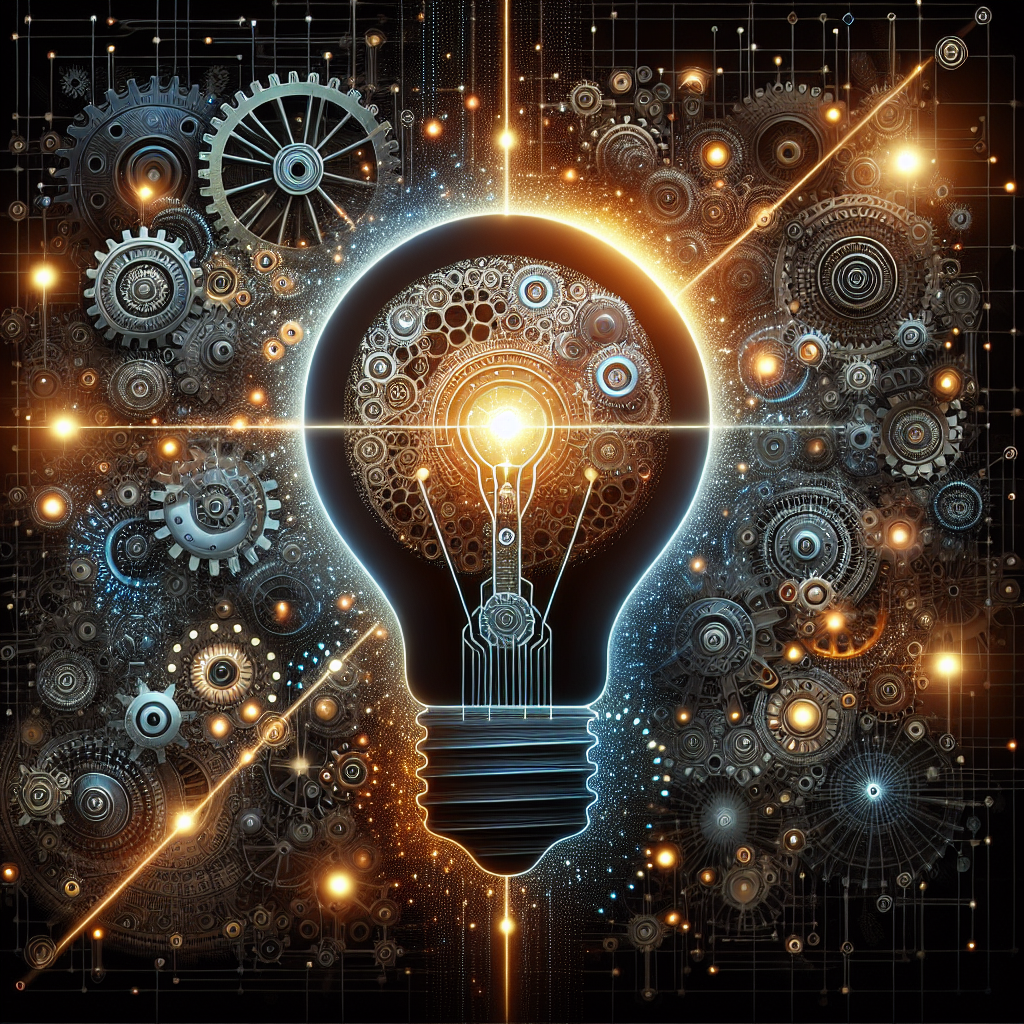Generative AI: A Tool for Innovation and Creativity
Generative AI, also known as creative AI, is a rapidly evolving technology that has the potential to revolutionize various industries. This cutting-edge technology uses artificial intelligence algorithms to generate new content, such as images, text, music, and even videos. Generative AI has the ability to mimic human creativity and produce original and innovative content, making it a valuable tool for innovation and creativity.
Generative AI has been utilized in a wide range of applications, from creating artwork and music to designing products and generating content for marketing campaigns. This technology has the ability to automate the creative process and assist humans in generating new ideas and content. By leveraging generative AI, businesses can streamline their creative workflows, reduce costs, and accelerate the pace of innovation.
One of the key advantages of generative AI is its ability to generate vast amounts of content in a short period of time. This can be particularly useful in industries such as marketing, where businesses need to create large volumes of content to engage with their target audience. Generative AI can help companies create personalized content at scale, allowing them to reach a wider audience and drive more conversions.
Generative AI can also be used to enhance the creative process by providing inspiration and generating new ideas. By analyzing large datasets of existing content, generative AI can identify patterns and trends that can be used to generate new and innovative ideas. This can help businesses stay ahead of the competition and differentiate themselves in the market.
In addition to generating new ideas, generative AI can also help businesses explore new design possibilities. By using generative AI algorithms, designers can create new and unique designs that push the boundaries of creativity. This can be particularly useful in industries such as fashion and architecture, where innovation and creativity are key drivers of success.
Another key advantage of generative AI is its ability to personalize content for individual users. By analyzing user data and preferences, generative AI can create personalized content that resonates with each user on a personal level. This can help businesses improve customer engagement and loyalty, leading to higher retention rates and increased revenue.
Despite its numerous advantages, generative AI also raises concerns about the potential impact on jobs and the economy. As generative AI becomes more advanced, there is a risk that it could replace human workers in creative industries, leading to job losses and economic disruption. However, many experts believe that generative AI will complement human creativity rather than replace it, leading to new opportunities for collaboration and innovation.
In conclusion, generative AI is a powerful tool for innovation and creativity that has the potential to transform various industries. By leveraging the capabilities of generative AI, businesses can streamline their creative workflows, generate new ideas, and create personalized content that resonates with their target audience. While there are concerns about the impact of generative AI on jobs and the economy, the technology also presents new opportunities for collaboration and innovation. As generative AI continues to evolve, it will be interesting to see how businesses and industries harness its potential to drive growth and innovation.
FAQs
1. What is generative AI?
Generative AI is a technology that uses artificial intelligence algorithms to generate new content, such as images, text, music, and videos. This technology has the ability to mimic human creativity and produce original and innovative content.
2. How is generative AI being used in different industries?
Generative AI is being used in a wide range of industries, including marketing, design, and entertainment. In marketing, generative AI is being used to create personalized content at scale, while in design, it is being used to explore new design possibilities and push the boundaries of creativity.
3. What are the advantages of generative AI?
Some of the key advantages of generative AI include its ability to generate vast amounts of content in a short period of time, enhance the creative process by providing inspiration and generating new ideas, personalize content for individual users, and improve customer engagement and loyalty.
4. What are the concerns surrounding generative AI?
One of the main concerns surrounding generative AI is the potential impact on jobs and the economy. As generative AI becomes more advanced, there is a risk that it could replace human workers in creative industries, leading to job losses and economic disruption.
5. How can businesses leverage generative AI for innovation and creativity?
Businesses can leverage generative AI to streamline their creative workflows, generate new ideas, and create personalized content that resonates with their target audience. By harnessing the capabilities of generative AI, businesses can accelerate the pace of innovation and drive growth in their respective industries.

